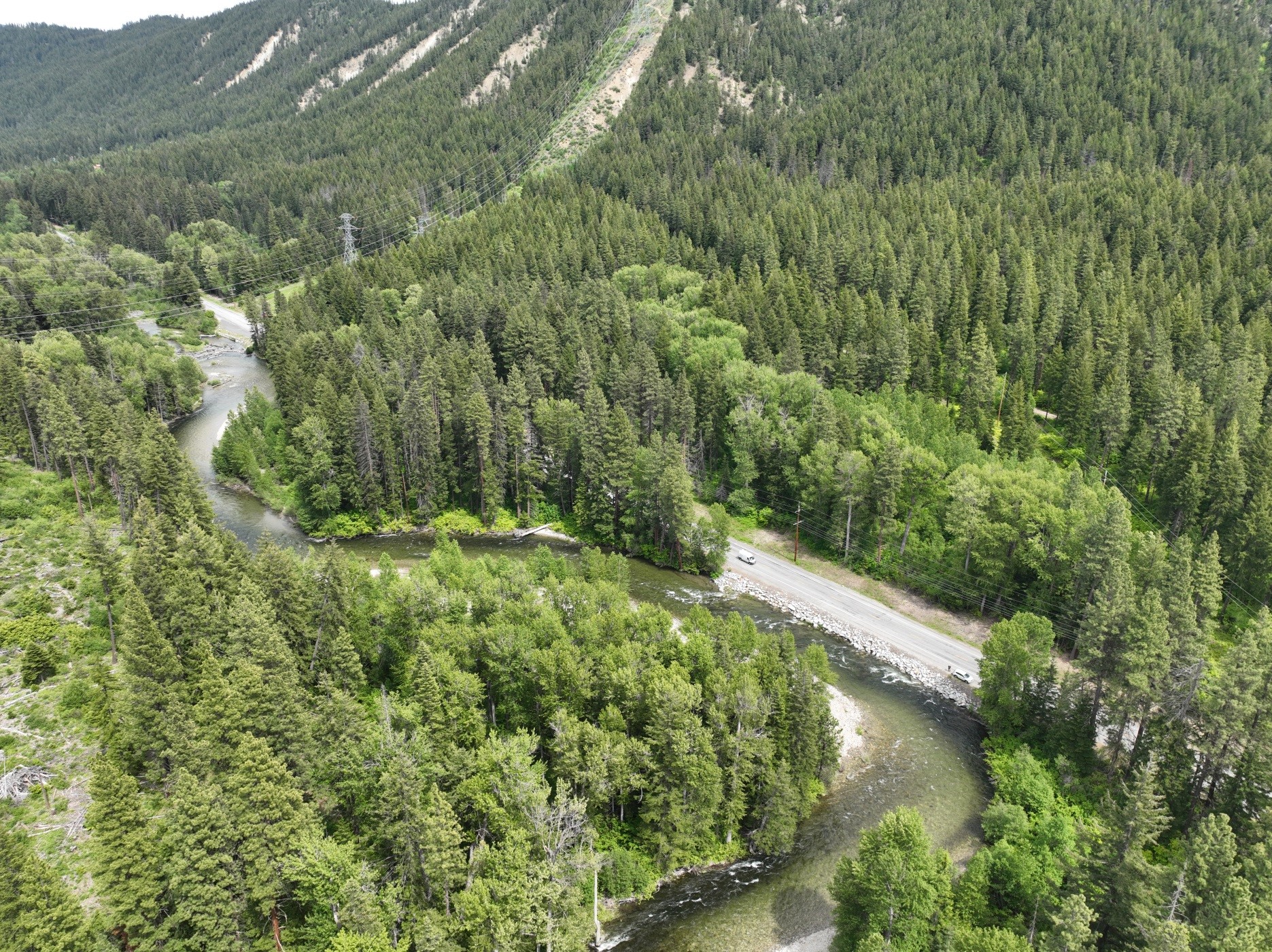Yakima River Mile 89.5 Floodplain Reconnection
This project aims to restore side channel and wetland habitat over 900 acres and 6 miles of side channels on the Yakima River, near the town of Toppenish, Washington, within the Yakama Reservation. The intent is to restore fish and wildlife habitat, which have been degraded by land use changes, land conversion to agriculture, and river regulation.
Dry Creek RM 1.8-3.8
Yakama Nation Fisheries has developed a restoration design for Dry Creek River Mile 1.8-3.8. This design, informed by a Geomorphic Assessment and Seepage Study, will guide instream and riparian wood enrichment, constructed margin jams, and removal of a spoil pile within the floodplain. These efforts aim to encourage natural wood accumulation, bank erosion for wood recruitment, and activation of floodplains, side channels, and alcove habitat to improve conditions for steelhead lifecycles.
Dry Creek Confluence Project
Yakama Nation Fisheries is managing the Dry Creek Confluence Project, located where it joins Wind River, which aims to improve habitat for threatened steelhead populations. This project is part of a larger effort to address key issues affecting aquatic species in the Wind River Watershed, specifically to restore habitat area of high priority for steelhead recovery. Adding large woody debris to creates in-stream structures that are vital for healthy salmon and steelhead populations. The Wind River is managed as a wild steelhead gene bank, making it a high-priority area for recovery.
Yakama Nation Fisheries State Route 207 Project - Chelan County
Welcome to the Yakama Nation Fisheries (YNF) State Route 207 Project Summary Webpage.


Natapoc Habitat Enhancement Project (Large Woody Material Option)
This project entails placing large woody material (LWM) along the mainstem Upper Wenatchee River in crib-like structures. The length of the treatment will be for approximately 100 yds. however; the treatment will be non-continuous in favor of utilizing gaps in the riparian canopy as well as further minimizing disturbance to riparian bank vegetation for exact structure placement.
Pacific Lamprey Project
The Yakama Nation is working to restore natural production of Pacific lamprey to a level that will provide robust species abundance, significant ecological contributions and meaningful harvest within the Yakama Nations Ceded Lands and in the Usual and Accustomed areas.
Twisp River Cattle Management
The Twisp River Cattle Management Project provides riparian protection for Upper Columbia Steelhead in the Twisp River Watershed. The project was done on federal lands in partnership with the United States Forest Service (USFS).
Chewuch River Mile 10 Project
The Chewuch River Mile 10 Fish Habitat Enhancement Project (RM10), improves stream complexity by improving available instream habitat, increasing side channel and off channel habitat, and stabalizing eroding banks. The RM10 project encompasses 0.85 miles of river length and provides benefits to spring chinook, Upper Columbia steelhead and bull trout, as well as providing habitat for resident fish species.
Sunnyslope Side Channel
The Sunnyslope Side Channel Project is located on the Wenatchee River at RM (river mile) 1.4. This excavated side channel is approximately 1,350 feet in length. It is connected to a natural side channel of the Wenatchee River at the upstream end and flows into the mainstem of the Wenatchee River at the downstream end. This project is aimed at creating a groundwater fed side channel with an upstream connection during high flows (approximately 7,000 cfs or greater).
Panther Creek Passage Barrier Removal
On August 6, 2011, Yakama Nation Fisheries, Yakama Reservation Watersheds Project (YRWP) completed the implementation of a restoration action at two road/stream interfaces on Panther Creek to improve stream function and facilitate fish movement. Sites within the Panther Creek watershed have been degraded due to various human activities (e.g., grazing, road building, and logging). These problems are most obvious at the site on Panther Creek where Fort Simcoe Road # 80 transects T10N, R13E Section 13 and further downstream in T10N, R13E Section 26.
